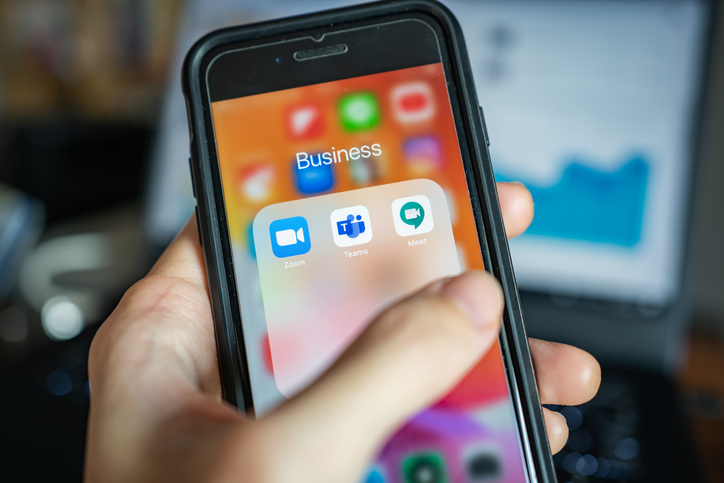|
|||||||
Diageo is the global corporation behind famous drinks brands such as Johnnie Walker, Baileys and Guinness. It was formed in 1997 through the merger of Grandmet and Guinness.
The merger brought with it a major technology challenge: the two companies had an array of legacy systems and networks, both in data and voice. Diageo’s objective was to consolidate this infrastructure onto a single network backbone soon after the merger, in order to create greater levels of flexible working at the company.
Information Age spoke to Diageo’s group infrastructure architect Martin Bennett about the challenges and benefits of bringing data and voice onto a single network backbone.
Information Age (IA): What drove Diageo to look at a converged IP voice and data network?
Martin Bennett (MB): Because Diageo was created through a series of mergers and acquisitions, we had to live with legacy systems and networks, both in data and voice, and that had become a nightmare. But also driving the move was the issue of cultural integration – all of these companies had different company cultures and we no longer wanted to be a loose federation of companies, we wanted to be Diageo.
So far, we’ve converted our two main London offices – one in central London and one in Park Royal – to converged voice and data networks. The Park Royal office was a brand new building, with IP telephony from day one, while the central London one involved a complete conversion.
We had earmarked a PBX-based system from a different supplier for the Park Royal building, but when we looked at it we realised it would be foolish to have two different phone systems if we were supposed to be one ‘virtual’ office.
IA: Why is flexible working important to Diageo, and how has your IP-based infrastructure enabled this?
MB: We’re a highly international business, based in 186 countries worldwide, so there’s a lot of travel among employees. Also, we wanted ‘hot desking’, and this works really well within an
|
|||||||||||||||||
IP environment. We have 30% over-occupancy in our central London office, so the new infrastructure has enabled that. Everybody logs onto their phone in the morning, and that could be from any of the Diageo offices or from home.
IA: How have Diageo’s networking requirements changed as your dispersed companies and brands have come together?
MB: We have a much greater requirement for Internet connectivity, and much greater bandwidth requirements, particularly internationally.
IA: Was cost a major factor in Diageo’s move to a converged network?
MB: I never sold it as a cost thing. But we did save money on the installation in the new building because we ran less cable to the desks, and we also saved money on computer accommodation because we didn’t have to install PBX phone hardware.
IP was also a significant enabling factor – but not the only one – in Diageo being able to shut down one of its London buildings, and those employees now form part of the 30% overspill at our central London location.
IA: Other than data services, what applications do you run on IP?
MB: We use IP telephony in our three main buildings in the UK, but we have around 50 locations in the UK, including many distilleries, that are not IP-enabled.
One of the major benefits is that we have been able to move our contact centre and switchboard functions to IP. Before, we didn’t have a contact centre as such, there was simply a group of people taking enquiries over a standard phone system. Now there’s a centralised operator function in the Park Royal office, which brings up customer records when they phone in. It’s also saved money – where we used to employ 12 telephone operators, we now employ eight.
It is easier to do this with the new infrastructure. With the traditional, CTI (computer telephony integration) approach, you would have to join your voice network to your data network and that would be another thing to manage. With IP telephony, the voice stream and the data stream are all in the same network, so it’s easier for one to interact with the other.
IA: Did you face any problems with user adoption?
MB: We’ve chosen not to invest in the ‘soft’ phones just yet – we didn’t want to make it a big deal for our users. We send every single user on training, which they’re obliged to do to get their network password. This means it works, but they haven’t had a huge upheaval. We will introduce other sophistications, for example unified messaging, over time.
To encourage adoption right at the start, there were floorwalkers (from IT and telecommunications services provider Omnetica, who designed the system in conjunction with Cisco) and trainers wandering around checking how people were getting on.
IA: How do you handle the management of the newly converged network?
MB: The day-to-day administration has been significantly reduced – if a new person joins they’re plugged into the system, they can work where they like and when they leave we delete them from the system. We’ve outsourced all of this to Omnetica, so essentially there’s no management burden at all.









